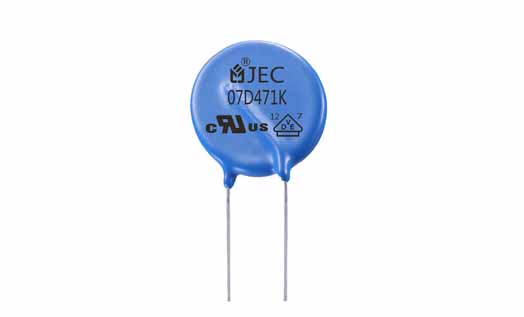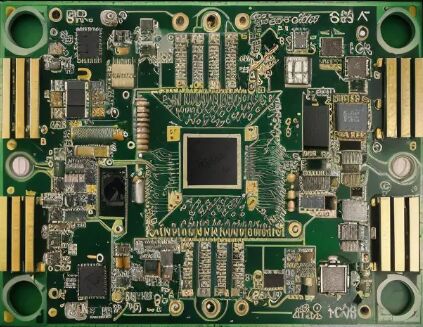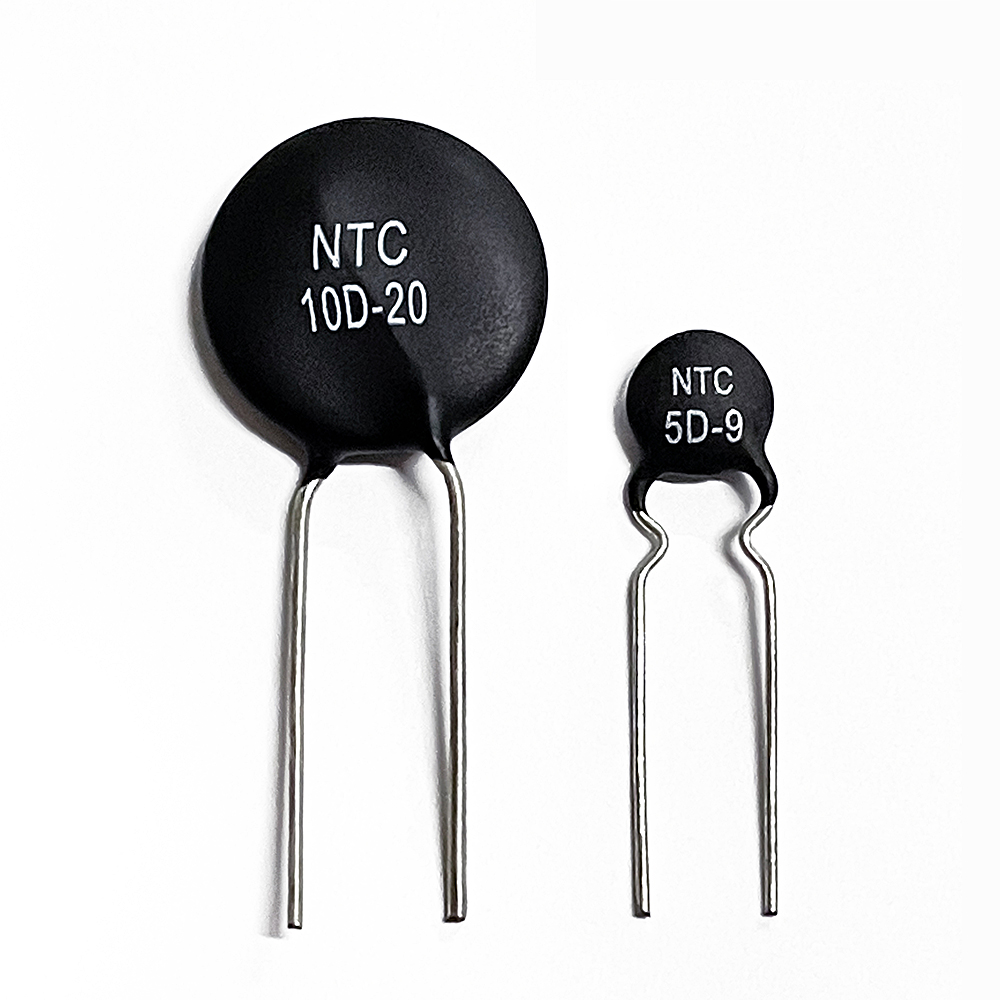Jul. 06, 2021
Do You Know What a Varistor Is?
Now Varistor Suppliers will share this article with you about varistor. Generally, in electronic circuits, we encounter currents and voltages of the order of milliamps and millivolts. Electronic circuits have high input impedance and are very sensitive. Our commonly used over-current protection or over-voltage protection is not applicable here. We need a fast and sensitive device. A varistor is a device that meets our requirements and is very effective in controlling voltage spikes, thereby protecting our circuits. The name can be derived from a variable resistor. Power electronic equipment that handles large currents is also protected by varistors.
Definition: As the name suggests, it is a variable resistor, but unlike a rheostat or potentiometer where viper point is a physical movement that manually or automatically changes the resistance. A varistor is a semiconductor device that can conduct electricity after reaching a threshold voltage. Because it is voltage-dependent, it is also called voltage-dependent resistance or VDR. It is a non-polar device that can be used for AC and DC voltage.
The advantages are
It is a very sensitive and fast overvoltage protection device.
Since it is a bipolar device, it can be used for AC and DC power supplies.
The disadvantages are
This is a bit expensive.
If the voltage rise rate and peak value are too high, it may be damaged.
It does not provide any protection against over current.
Varistor applications include
Can be used for over-voltage protection between lines.
Can be used for line-to-ground overvoltage protection.
It is excellent semiconductor protection.
It can step over and disconnect the contact to protect the switch from the impact of the switch, otherwise, it may cause a heavy blow.
1). How to test the varistor?
It can be tested by connecting a variable voltage source, and then find out the voltage when it changes from an insulated state to a conductive state. This voltage should meet the specification requirements. Otherwise, in the circuit, we can only use a multimeter to observe its conductivity.
2). Does the varistor have polarity?
It has no polarity because it is a bipolar device and can be used in AC and DC. Its structure is symmetrical.
3). What happens when the varistor fails?
If the voltage rise rate and peak value are too high, the varistor will fail. In this case, the current surge will exceed its limit and it will be broken. It may also fail due to degradation and show continuity even at low voltages.

varistor
4). What is varistor voltage?
The varistor voltage is the voltage that transitions from an insulated state to a conductive state. According to the rule of thumb, if there is a milliamp current flowing through the varistor, it is the voltage across the varistor.
Therefore, this is an overview of all about varistors, it is inevitable to protect cost-intensive electronic and electrical equipment and equipment. The right choice is the key to its application.

What Causes Interference in Electronic Devices
Jul. 06, 2021

Reasons for Failure and Handling Methods of Thermistors
Jul. 06, 2021

Jul. 06, 2021
+86 181 2299 5593
+86 18122995593
+86 769 8831 3605
Beside Luchong Bridge, Hou Road, Caibai Village, Daojiao Town, Dongguan, Guangdong, China
Navigation